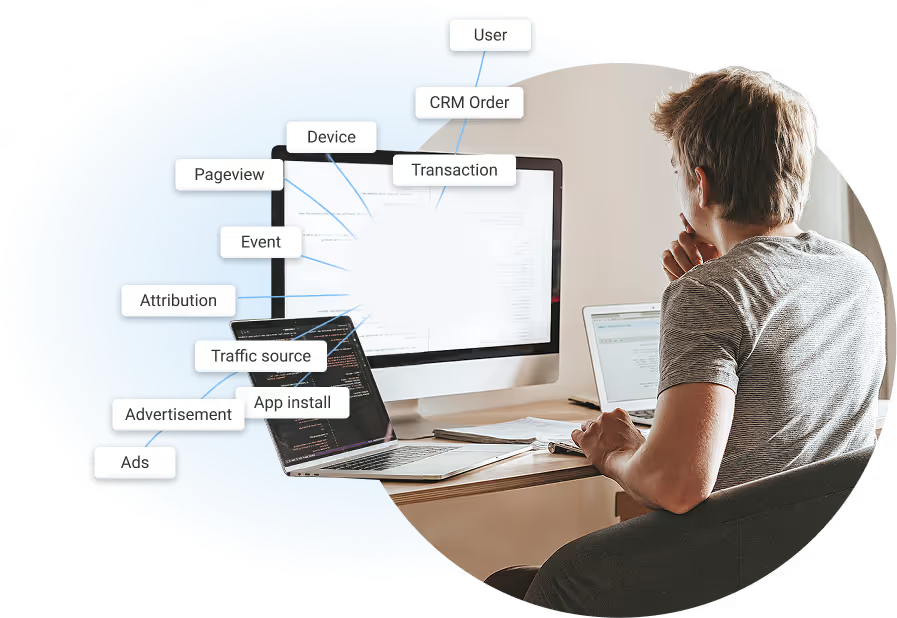

Customer Acquisition Efficiency measures the cost-effectiveness of a company’s marketing efforts in acquiring new customers. It is calculated by assessing the ratio of customer acquisition costs to customer lifetime value, reflecting how efficiently marketing resources are used.

Customer Acquisition Efficiency is often assessed by comparing the total costs associated with acquiring new customers to the total revenue those customers generate over their lifecycle.
Customer Acquisition Efficiency = Customer Lifetime Value (CLV) / Customer Acquisition Cost (CAC)

Customer Acquisition Efficiency = Customer Lifetime Value (CLV) / Customer Acquisition Cost (CAC)

If a company spends $100 on marketing per customer and those customers have a lifetime value of $500, the Customer Acquisition Efficiency would be 5:1, indicating high efficiency.

A good Customer Acquisition Efficiency ratio indicates that a company is generating significant value relative to the cost of acquiring customers. Typically, higher ratios suggest more efficient and profitable marketing efforts.

A low Customer Acquisition Efficiency ratio means that the cost of acquiring customers is not justified by the revenue they generate, suggesting inefficiencies in marketing strategies or customer value propositions.

Identify and target customer segments with higher potential lifetime value to improve the overall Customer Acquisition Efficiency.

Optimize your acquisition channels to reduce costs and improve the quality of customer interactions.

Use data analytics to continuously monitor and refine your marketing strategies, ensuring maximum acquisition efficiency.